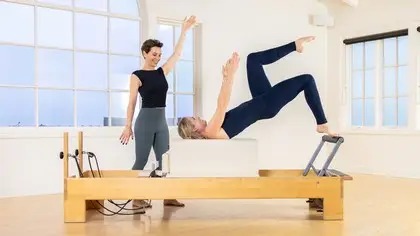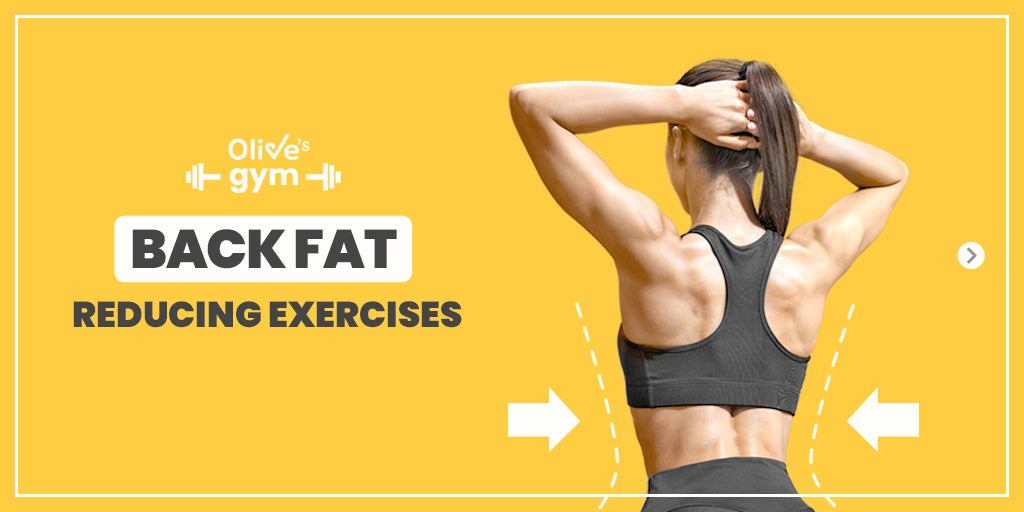Pilates is a low-impact exercise method designed to improve flexibility, build core strength, and enhance overall body awareness. The Pilates body before and after transformation is one of balance, grace, and long-term wellness.
Developed by Joseph Pilates, this method focuses on precise movement, mindful breathing, and postural alignment. Every movement strengthens stabilizing muscles while teaching the body to move efficiently. Unlike high-intensity workouts that exhaust the body, Pilates refines your form and restores energy flow.
Practicing Pilates consistently develops strength from the inside out, improving endurance, coordination, and confidence. It’s a powerful way to achieve physical and mental transformation.
What Your Body Feels Like Before Starting Pilates
Before starting Pilates, most people experience weak core muscles, tight hips, or poor posture caused by long periods of sitting. Movement often feels restricted, and muscle imbalances may lead to back or shoulder discomfort.
During early sessions, beginners often feel challenged by the subtle movements that require deep concentration. This early phase builds awareness—learning how to control movement through the core, align the spine, and connect breath with motion. These foundational skills are what make the Pilates body before and after transformation so profound.
Physical Transformation: Pilates Body After Consistent Practice
Stronger Core and Enhanced Stability
Core strength is the most visible and felt change in any Pilates transformation. The deep abdominal and pelvic muscles become stronger and more stable, supporting posture and balance. Over time, this creates a firm, defined midsection that enhances both movement and appearance.
Improved Posture and Alignment
Pilates targets the muscles along the spine and upper back, promoting upright posture and reducing chronic tension. As your posture improves, you’ll feel lighter and move more gracefully. A strong back and open shoulders define the elegant look often associated with a Pilates body.
Flexibility and Mobility Gains
The stretching and lengthening principles in Pilates increase flexibility without straining muscles. After several sessions, tightness in the hamstrings, hips, and neck begins to fade. Enhanced mobility leads to greater ease in everyday movement and better body mechanics.
Lean Muscle Definition and Sculpted Shape
Unlike heavy weightlifting, Pilates develops long, lean muscles. The exercises use controlled resistance to tone and define your body without adding bulk. The result is a sculpted physique—flat abs, toned arms, lifted glutes, and shapely legs.
Better Balance and Coordination
Pilates challenges your stability by incorporating balance-based exercises. Over time, your coordination improves, and your body learns to move as a unified system. This not only prevents injuries but also enhances performance in sports and daily activities.
Mental and Emotional Changes After Pilates
Stress Relief and Mindful Focus
Pilates promotes mindful breathing that reduces stress and increases mental clarity. The steady rhythm of breath and movement creates a meditative state, calming the nervous system. Many practitioners describe feeling more centered, grounded, and focused both during and after class.
Boosted Confidence and Body Awareness
The Pilates body before and after change goes beyond appearance—it builds confidence through awareness. Each movement strengthens your connection to your body, teaching self-discipline and appreciation for progress rather than perfection.
The Science Behind the Pilates Transformation
Research supports the physical and mental benefits of Pilates. Clinical studies reveal improvements in flexibility, muscle endurance, posture, and pain management. Because Pilates integrates strength with mindful breathing, it promotes better oxygen flow, circulation, and energy efficiency.
Physiotherapists often use Pilates to rehabilitate injuries and improve functional movement. Its low-impact nature makes it accessible for all ages, supporting lifelong mobility and wellness. The benefits of Pilates extend beyond the studio—your body continues to move with greater ease throughout the day.
When to Expect Visible Pilates Body Results
The timeline varies from person to person, but consistent practice several times a week produces noticeable results within weeks. Early signs include improved posture, core activation, and muscle awareness.
As time goes on, the Pilates body before and after difference becomes visible—toned muscles, better coordination, and graceful movement patterns. More importantly, your body feels energized, aligned, and strong from within.
How Pilates Differs from Other Workouts
Unlike cardio or weight training, Pilates focuses on form, control, and precision. Every movement combines strength and flexibility, developing functional fitness. Instead of pushing the body to fatigue, Pilates builds endurance through mindful control.
This is why the transformation feels so unique—the body becomes not only leaner but also more intelligent in how it moves. Pilates doesn’t just change your muscles; it rewires how your entire body operates.
What a Pilates Body Really Represents
A “Pilates body” symbolizes balance, posture, and strength—not a single aesthetic ideal. Before starting, many people expect rapid weight loss, but the true transformation lies in improved muscle tone and alignment.
The result is a physique that looks taller, more symmetrical, and effortlessly toned. Movement feels lighter, the core engages naturally, and energy flows smoothly throughout the body. It’s a complete recalibration of physical and mental balance.
How to Maximize Your Pilates Transformation
Maintain Consistency
Progress depends on regular practice. Even short, focused sessions make a lasting difference over time.
Focus on Technique
Proper alignment and breathing enhance muscle engagement and prevent strain. Prioritize form over speed or repetition.
Combine Mat and Reformer Pilates
Both formats complement each other. Mat Pilates builds body control, while reformer Pilates adds resistance for deeper toning.
Pair Pilates with Balanced Nutrition
Fuel your body with whole, nutrient-rich foods. Hydration, recovery, and adequate sleep accelerate transformation.
Listen to Your Body
Avoid overexertion. Pilates encourages self-awareness—respect your limits and embrace gradual progress.
Common Misconceptions About Pilates
“Pilates Is Easy”
While movements appear slow, they engage deep muscles and require focus. The challenge lies in precision, not speed.
“You Need Equipment to See Results”
Mat Pilates can transform your body effectively. Reformer and resistance-based exercises are enhancements, not necessities.
“Pilates Is Just for Women”
Pilates benefits everyone—men, athletes, and older adults alike. It strengthens stabilizers, improves flexibility, and supports injury prevention.
Expert Insights on Long-Term Pilates Benefits
Experts in physiotherapy and sports science agree that Pilates is one of the most effective ways to build functional strength. It corrects imbalances, enhances coordination, and promotes longevity.
According to fitness specialists, consistent Pilates practice teaches the body to move with precision and awareness—skills that translate into all physical activities. The Pilates transformation is as much about mental growth as it is about physical conditioning.
The Lifelong Benefits of a Pilates Lifestyle
Pilates extends beyond the studio into everyday life. Improved posture helps prevent pain, mindfulness reduces stress, and the discipline encourages a healthier routine overall. Over time, these small improvements accumulate, creating a foundation for lifelong wellness.
People who continue Pilates for years often report feeling more centered, capable, and energized. They don’t just look transformed—they live with a renewed sense of vitality and presence.
Frequently Asked Questions
What changes can I expect after doing Pilates regularly?
You can expect a stronger core, improved posture, greater flexibility, and lean muscle tone. Many people also report reduced stress and better balance.
Can Pilates help with weight loss?
Pilates primarily tones and strengthens muscles. When combined with a healthy diet and active lifestyle, it contributes to gradual weight management.
How often should I practice Pilates for visible results?
Practicing several times a week delivers noticeable results within weeks. Consistency is more important than intensity.
Do I need special equipment?
No. Mat Pilates builds full-body strength effectively. Reformer Pilates adds variety and intensity for advanced levels.
Is Pilates safe for beginners and older adults?
Yes. Pilates is adaptable for all ages and abilities. Certified instructors can modify exercises for injuries or physical limitations.
Final Thoughts
The Pilates body before and after transformation goes far beyond external changes. It represents harmony between strength, mobility, and mindfulness. Pilates refines your posture, tones your body, and stabilizes your emotions—creating transformation from the inside out.
Unlike quick-fix fitness fads, Pilates offers sustainable results rooted in awareness and control. With dedication, patience, and mindful practice, your body becomes stronger, your mind calmer, and your life more balanced.




